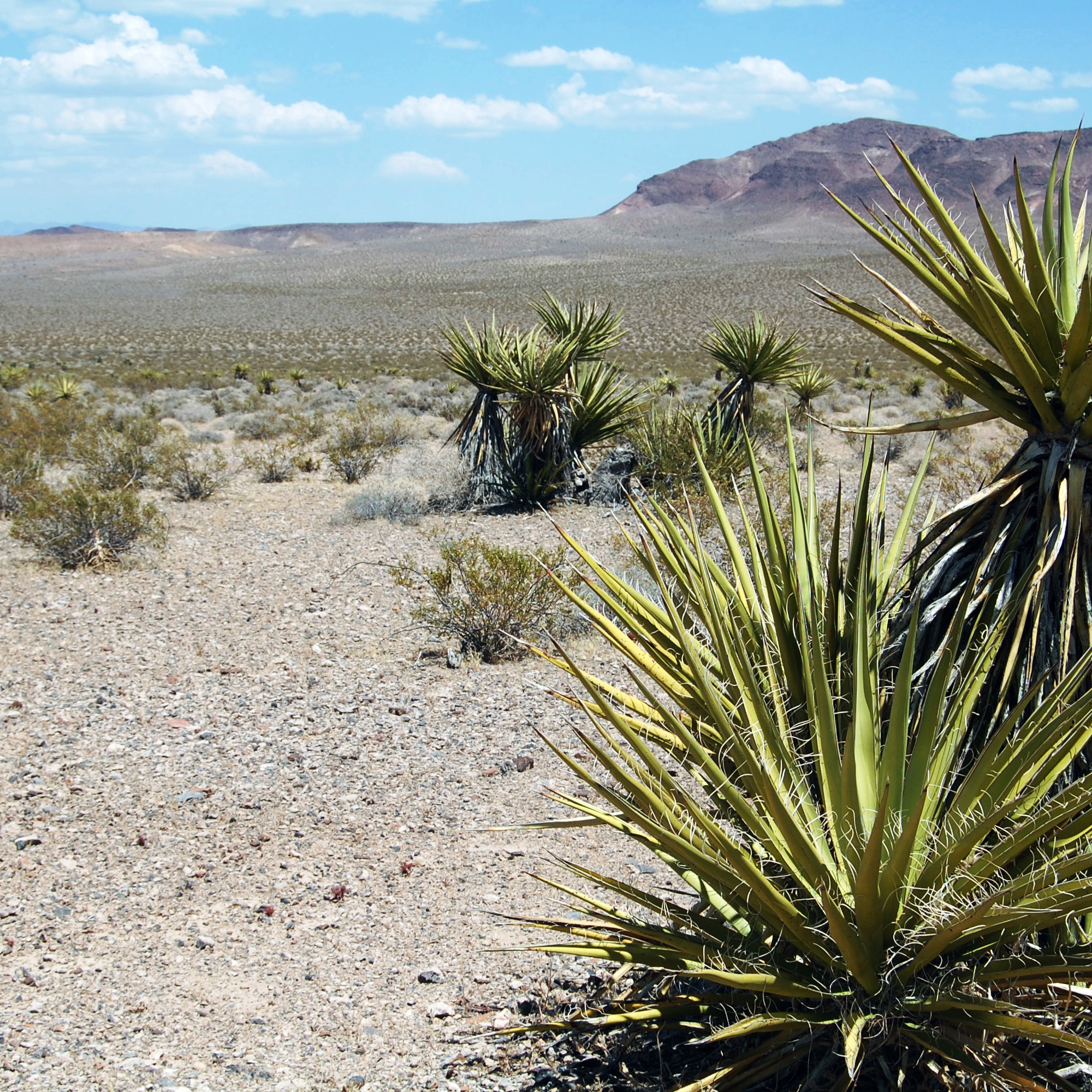Economy
California Drought Covers 61% of State, as Trump Denies It

Published:
Last Updated:

According to the U.S. Department of Agriculture’s drought monitor, 61% of California is currently suffering drought conditions ranging from severe to extreme to exceptional. Donald Trump, who is virtually certain to be the Republican nominee for president, told an audience in Fresno Friday that “there is no drought” and that the state has “a water problem that is so insane.”
According to a report in the Huffington Post, Trump told his audience, “If I win, believe me, we’re going to start opening up the water, so that you can have your farmers survive so that your job market will get better.” State water officials “don’t understand [what’s happening]. There is no drought, they turn the water out into the ocean.”
The solution, at least according to Trump, is to stop letting the Sacramento and San Joaquin Rivers dump their water uselessly into San Francisco Bay. The state’s Central Valley is the most agriculturally productive area in the United States and farmers there have been highly critical of the state’s water allotment policies that have forced them to keep a million acres or more out of production last year.
As defined by the National Weather Service, drought is a deficiency in precipitation over an extended period, usually a season or more, resulting in a water shortage causing adverse impacts on vegetation, animals or people. By that definition, California has suffered five straight years of drought. One year ago, less than 0.2% of the state was evaluated to be drought-free. As of May 24, 2016, just 5.5% of the state is drought-free.
In a fact sheet on drought, the NWS noted:
Droughts are among the most costly weather-related events, in terms of economics and loss of life. During the 25-year period from 1980 to 2005, the U.S. sustained nine drought events in which overall damages and costs reached or exceeded $1 billion at the time of the event. Of these, the most costly was the 1988-89 drought in the central and eastern U.S., which resulted in severe losses to agriculture and related industries, with an estimated loss of $15 billion just in agricultural output. According to the National Climatic Data Center (NCDC) the overall cost of the event was $39-40 billion. In 1995, the Federal Emergency Management Agency (FEMA) estimated annual losses from drought to be $6-8 billion, which is higher than any other natural weather-related disaster, including hurricane and flood.
Trump’s statements on water and drought follow an energy policy speech he gave earlier last week in North Dakota.
Start by taking a quick retirement quiz from SmartAsset that will match you with up to 3 financial advisors that serve your area and beyond in 5 minutes, or less.
Each advisor has been vetted by SmartAsset and is held to a fiduciary standard to act in your best interests.
Here’s how it works:
1. Answer SmartAsset advisor match quiz
2. Review your pre-screened matches at your leisure. Check out the advisors’ profiles.
3. Speak with advisors at no cost to you. Have an introductory call on the phone or introduction in person and choose whom to work with in the future
Thank you for reading! Have some feedback for us?
Contact the 24/7 Wall St. editorial team.